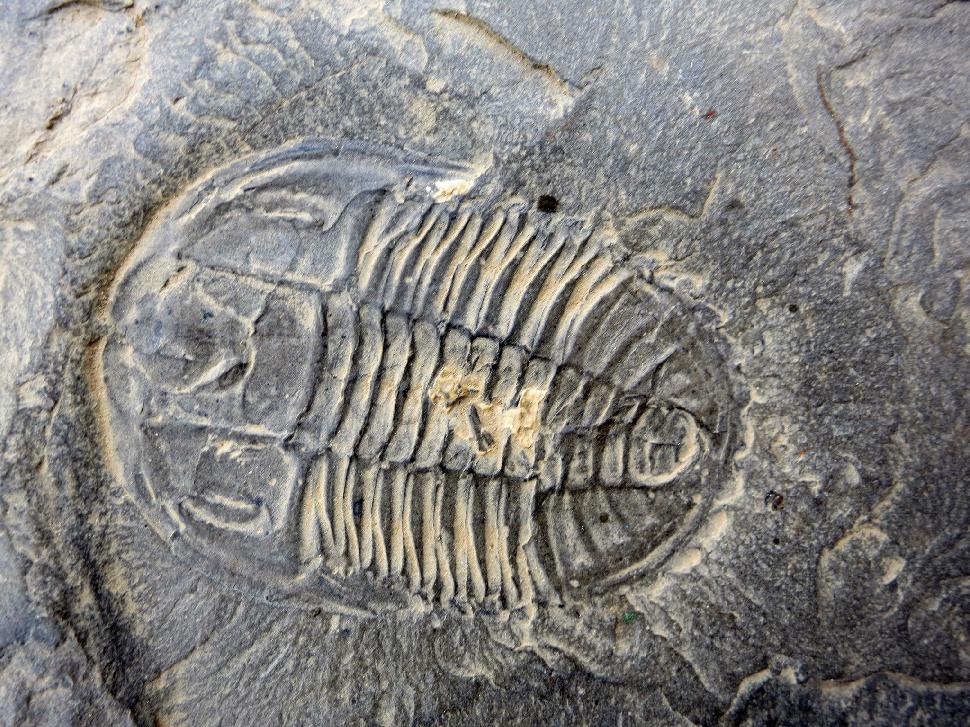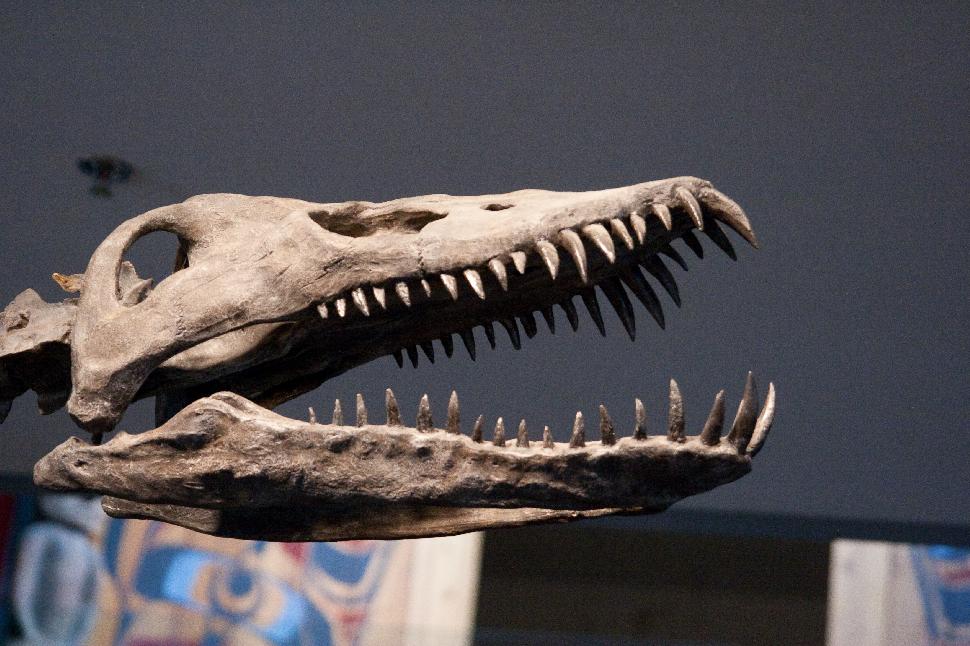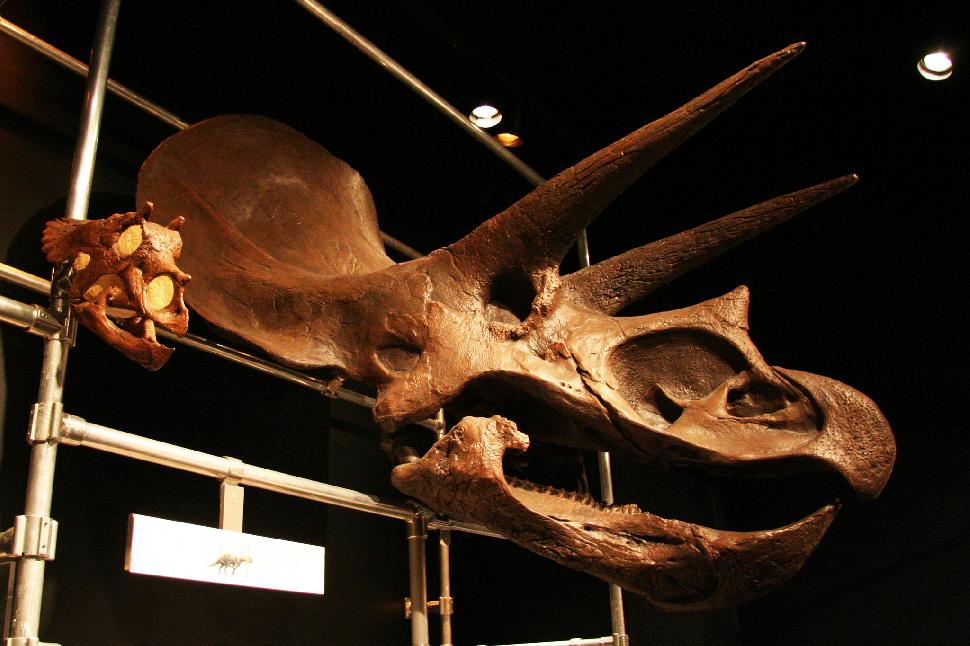While our neighbours to the east get a lot of attention for their dino bones, British Columbia was home to its own populations. Local paleontologists certainly know this to be the case, and they want the rest of Canada to know too.
Burgess shale
Within B.C.’s Rocky Mountains is an area rich with fossils, known as the Burgess shale. Discovered in 1909 by Charles Wolcott, then-secretary of the Smithsonian Institution in Washington, this area contains fossils that are approximately 500 million years old, and are early representatives of most modern groups, such as worms, sponges, crustaceans and jellyfish.

Discovering the elasmosaur
In the winter of 1988, two amateur dinosaur hunters brought the Comox Valley area to the attention of palaeontologists. Mike Trask and his 12-year-old daughter, Heather, were searching for fossils along the Puntledge River when they discovered a group of fossilized bones in the shale.
Palaeontologists spent months digging, and their discovery turned out to be a marine reptile known as an elasmosaur. This was the first of its kind ever found in B.C. or even west of the Rockies.
This discovery propelled the Courtenay & District Museum into the world of dinosaurs. Up until now, this had been a small community museum. But within a year of the elasmosaur being unearthed, the museum worked with the B.C. government to make the dinosaur’s location a provincial heritage site and then, along with staff and a number of volunteers, began to dig up the rest of the animal.
Today, the museum is the frontrunner in exploring the 400 million years of history on Vancouver Island.

Dinosaurs at Tumbler Ridge
In 2002, the area around Tumbler Ridge became the new epicenter for dinosaur discoveries in B.C. Prior to this, there had been only two reports of single dinosaurian skeletal elements found.
Palaeontologists from the new Peace Region Palaeontology Centre, based in Tumbler Ridge, began excavating the dinosaur remains in the summer of 2003, and they continued this work until 2005.
From this area, scientists discovered and removed over 200 isolated skeletal elements and the bones proved to be from a number of different dinosaurs – theropods, ankylosaurs and hadrosaurs – as well as other vertebrates, such as turtles, crocodiles, fish and freshwater rays.
Although the specimens were some of the oldest in western Canada (about 97 million years), the fossils were not articulated or complete.
In the summer of 2007, palaeontologists unearthed a second group of dinosaur bones within a 10-metre stretch not far from Tumbler Ridge. Over 100 kilograms of bones were collected and scientists estimated the bones to be about 75 million years old. The excavation continued and in 2009, palaeontologists estimated they were dealing with one partially articulated dinosaur, known as a hadrosaur. The dinosaur was lying on its side, and a high number of juvenile tyrannosaur teeth were found with the hadrosaur’s remains.
BC’s most complete dinosaur remains found
In 2013, after five long years of excavation on a remote hillside in B.C., near the Alberta border, palaeontologist Richard McCrea and his team had finally removed the most complete dinosaur skeleton ever found in the province.
The hadrosaur was estimated to be about 73 million years old and, once unearthed, was airlifted to the Tumbler Ridge Museum.
In an interview with The Globe and Mail, McCrea explained there are at least two other dinosaurs in that area, based on the remains they found. His team is also still searching for the hadrosaur’s head.
McCrea said it’s likely that the hadrosaur’s head was taken by a tyrannosaurus, based on the number of tyrannosaurus teeth found with the remains.
A dinosaur highway
The most recent dinosaur discovery in B.C. took place earlier this year, in 2015, when hundreds of dinosaur footprints were found in the northeastern part of the province, near Williston Lake. The footprints are estimated to be more than 100 million years old, and they belong to different species of carnivores and herbivores. This “dinosaur highway” stretches the length of three football fields.
Palaeontologist Richard McCrea believes more digging could reveal thousands of dinosaur footprints.

Dinosaur museums in British Columbia
Within B.C., there are a couple museums you can visit to get your dinosaur fix. These include the Courtenay Museum and Palaeontology Centre, and the Dinosaur Discovery Gallery in Tumbler Ridge. Four species of dinosaurs have been discovered in the province: amblydactylus, columbosauripus, elasmosaurus and tetrapodite.

